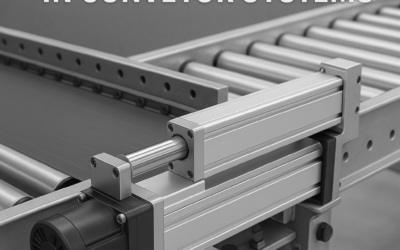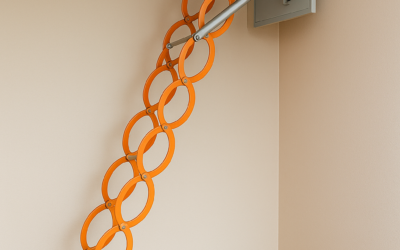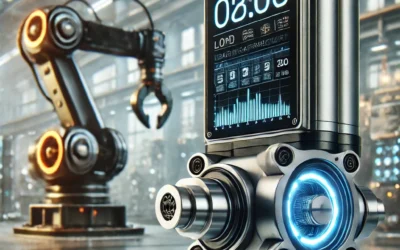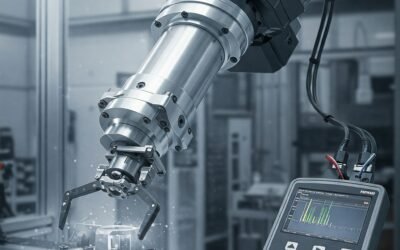BlogS
Linear Actuators in Conveyor Systems
In real-world applications, we’ve installed linear actuators in several points of a conveyor line. Some of the most common uses include: Product Sorting Systems – Diverting packages into different channels based on size or destination. Stop Gates – Controlling when...
Foldable stair lifts using Electric linear Actuator
A few months ago, we got a call from a concerned daughter, Priya. Her father, Mr. Krishnan—a retired railway engineer living in Coimbatore—was struggling to climb the stairs in their 30-year-old independent house. Age had caught up with him, and his knees no longer...
Electric Cylinder Actuators in India
A few years ago, Rajesh Kumar, a plant manager at an automotive parts manufacturing unit in Chennai, faced a recurring problem. His factory relied heavily on pneumatic cylinders for automation, but frequent air leaks, inconsistent performance, and high maintenance...
Electric Linear Actuator with Load Capacity Display System
Electric linear actuators have revolutionized automation by providing precise, efficient, and maintenance-free motion control. When paired with a load capacity display system, these actuators become even more valuable, ensuring real-time monitoring and enhanced safety...
Electric Linear Actuator with Force Controller System
Electric linear actuators are versatile devices that convert rotary motion into linear motion, finding applications in various industries. When paired with a force controller system, these actuators gain a new level of precision and control, making them even more...
Automating Sunshade Open-Close Applications with Electric Actuators
In today’s fast-paced world, automation is no longer a luxury but a necessity. From smart homes to commercial spaces, the demand for efficient and reliable automation solutions is on the rise. One such application that has gained significant attention is the...
Frequently Asked Questions(FAQ)
What is a linear actuator?
A linear actuator is a device that converts rotational motion into linear motion. It is used to move objects in a straight line
What are the benefits of using a linear actuator?
The benefits of using a linear actuator include precise and controlled linear motion, compact size, easy installation, and efficiency.
How do I install and maintain my linear actuator?
The installation and maintenance of a linear actuator will depend on the specific model and type. Refer to the manufacturer’s instructions for installation and maintenance guidelines.
What safety precautions should I take when working with linear actuators?
Always follow the manufacturer’s instructions and safety guidelines when working with linear actuators. Ensure that the actuator is properly secured and that the power source is disconnected before working on the actuator.
What is the difference between a linear actuator and a rotary actuator?
A linear actuator moves in a straight line, while a rotary actuator rotates around an axis. Linear actuators are used when linear motion is required, whereas rotary actuators are used when rotational motion is needed.
What is the difference between an electric linear actuator and a hydraulic linear actuator?
An electric linear actuator uses electrical energy to create linear motion, while a hydraulic linear actuator uses pressurized hydraulic fluid to create linear motion. Electric linear actuators are typically easier to install and maintain, while hydraulic linear actuators can generate higher force.
Can a linear actuator be used for precise positioning?
Yes, linear actuators are often used for precise positioning due to their ability to provide accurate and repeatable linear motion.
How do I determine the stroke length of a linear actuator?
The stroke length of a linear actuator is the distance the actuator can travel in a straight line. To determine the required stroke length, consider the distance the actuator needs to move to complete its intended task.
What are some common materials used to make linear actuators?
Linear actuators can be made from a variety of materials, including aluminum, stainless steel, plastic, and carbon fiber. The choice of material will depend on the specific application and environmental conditions.
Can a linear actuator be used in hazardous environments?
Yes, some linear actuators are designed for use in hazardous environments and are made from materials that can withstand exposure to extreme temperatures, chemicals, or other hazardous conditions.
Can a linear actuator be customized to fit my specific application?
Yes, many manufacturers offer customized linear actuators to fit specific applications. These can include modifications to stroke length, force, speed, mounting options, and environmental protection.






